Finding “Pura Vida” in Costa Rica
On a cold day in early January, 13 future physical therapists journeyed to tropical Costa Rica. Throughout their travels, they discovered why the nation has one of the world’s most regarded healthcare systems and longest life expectancies.
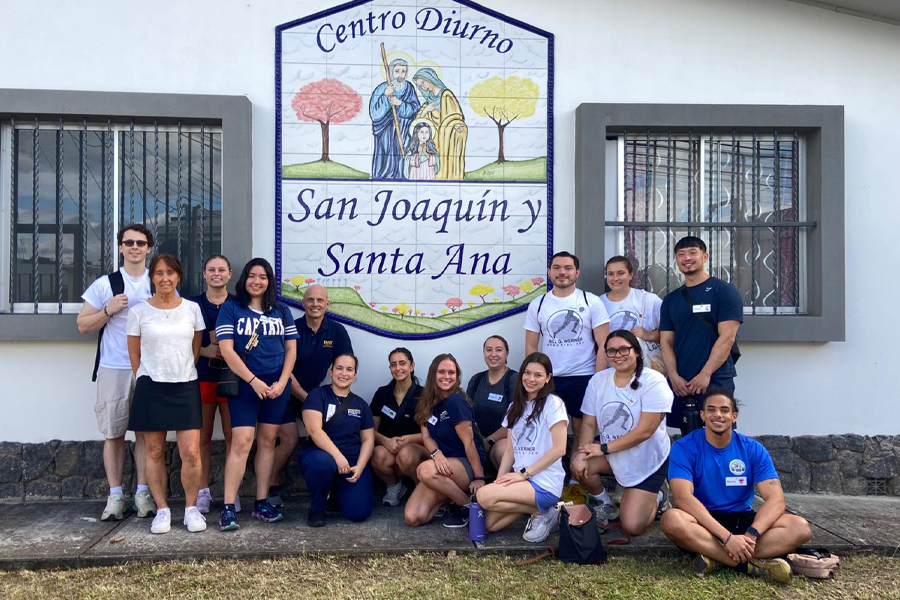
Costa Rica’s five million citizens have access to both public and private healthcare sectors, with the Costa Rican Social Security Fund providing universal healthcare coverage to all citizens and legal residents. The nation is also home to the Nicoya Peninsula, one of the world’s five blue zones, or areas with the highest life expectancies. Many people in these regions live to be 100.
Accompanied by Associate Professor of Physical Therapy Mark Gugliotti, D.P.T., and Professor of Physical Therapy Rosemary Gallagher, D.P.T., students enrolled in the Physical Therapy, D.P.T., and Exercise Science, B.S., programs arrived in Costa Rica on January 4.
On the first full day, the group bonded at an outdoor adventure park, where they participated in team-building activities, including ziplining and hiking through mountainous coffee groves.
Once settled, the students spent several days shadowing healthcare workers in clinical and community settings. Three days were spent visiting Centro Diurno San Joaquin y Santa Ana in Santa Ana, where students accompanied local patients—many of whom were older—through rehabilitation, functional activities, dance, and music therapy. Under the supervision of the onsite physical therapist and New York Tech faculty, students oversaw therapeutic exercises, performed skilled evaluation assessments, and participated in cognitive and functional training activities. They also received training in medical Spanish, a skill that may one day help them communicate more effectively with their Spanish-speaking patients.
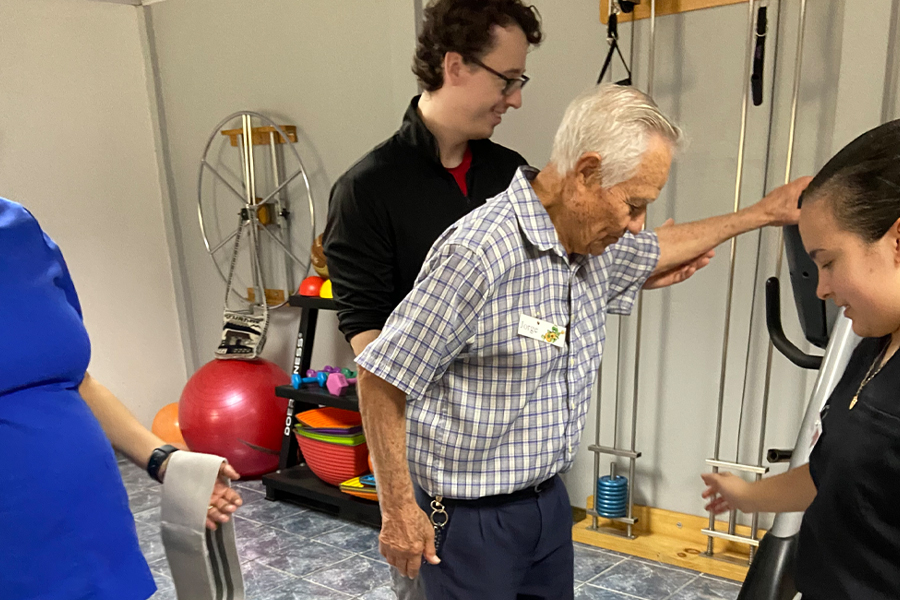
Students accompanied community members through rehabilitation at the Centro Diurno San Joaquin y Santa Ana in Santa Ana.
Physical therapy student Madison Cammarata notes that the older patients at the community center “were unstoppable,” embodying the national saying “Pura Vida,” or pure life, which has become synonymous with Costa Rica’s culture of well-being and optimism.
“We performed baseline testing for the new year, and I was truly blown away by how physically able they were,” says Cammarata. “Despite their diagnoses or age, most of the people at the center were moving as well as they would have in their prime. One gentleman, age 84, had a goal of hiking to the top of a taller mountain in the region, and the physical therapist on staff said he would absolutely achieve it in this new year.”
Exercise science student Bernie Acevedo also relayed a meaningful encounter at the community center.
“Our group assisted a physical therapist responsible for conducting standard tests, like the sit-to-stand and six-minute walk test for every patient. We were able to pitch in and support her in testing all her patients, an effort that would otherwise have taken until March. This allowed her to enter maternity leave with peace of mind. It felt incredibly rewarding to lighten her load and support someone who needed the help, while also gaining real-world experience that we will carry into our own physical therapy careers.”
On another day, the group visited the top trauma center in Central America, the Hospital Clínica Bíblica in San José, first established by missionaries in 1929. Here, the future physical therapists learned about the country’s universal healthcare system and got hands-on in the gait lab. Physical therapists often use gait analysis to assess how the body moves and identify locomotion abnormalities, pain, and other potential issues.
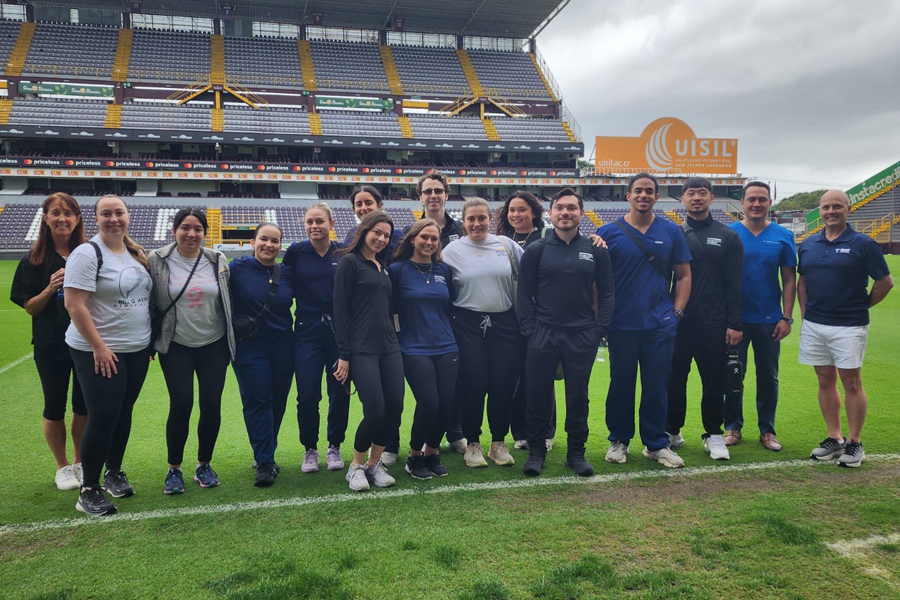
The group visited the stadium of the Costa Rican national soccer team, where the team’s chief medical officer met with students and discussed a collaborative approach to rehabilitation and safe return to play.
One of the trip’s most exciting experiences included touring the stadium of the Costa Rican national soccer team, Saprissa, and hearing from the team’s chief medical officer. In addition to stepping onto the field where the athletes play, students got an inside “scoop” into how the team’s medical professionals—including physicians, physical therapists, trainers, and sports psychologists—work together to provide care, injury prevention, and rehabilitation.
The trip’s final days were spent in the Pacific Coast province of Guanacaste, located in the Nicoya Peninsula blue zone. One lifestyle factor linked to blue zone longevity is the ability to effectively manage stress. Taking this principle to heart, the group found time to relax, reflect, and enjoy themselves at a local resort before returning home for the start of the busy spring semester.
Says Gugilotti, “This transformative clinical learning experience has helped our students witness the benefits of how meaningful healthcare can be afforded to all patients. I am confident that they will not only excel as healthcare professionals but also emerge as prominent leaders of clinical practice.”
More News

Awarding High School Researchers
New York Tech has completed the eighth year of its Mini-Research Grant Awards program, continuing its commitment to undergraduate research and encouraging high school students to pursue STEM fields.
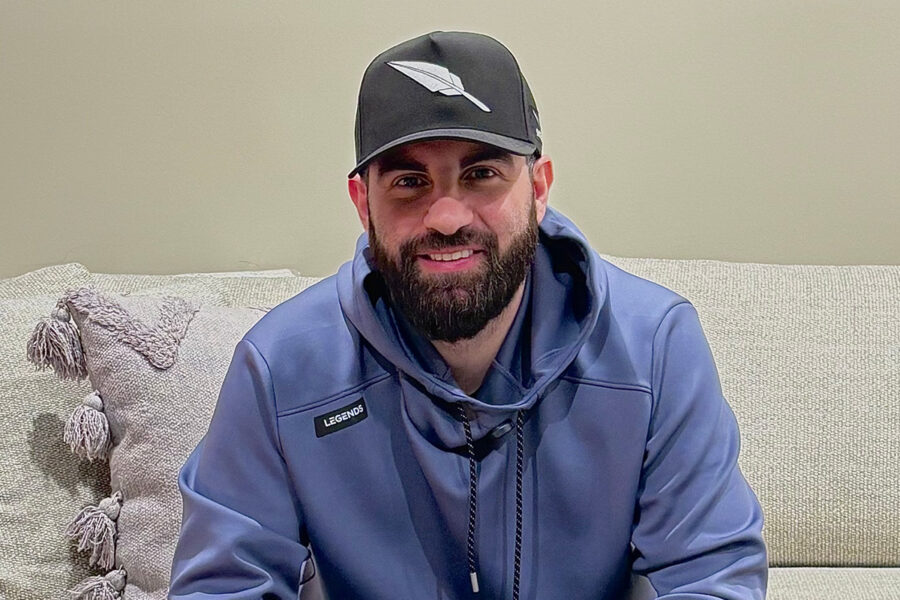
Symbol of Movement
Doctor of Physical Therapy student Sofoklis Sarellis is hard at work launching his athletic footwear company, Symbol.

Working it Out
Physical therapy student Shannon Townsend combines her classroom learning and Orangetheory Fitness coaching to deliver best practices to her patients.
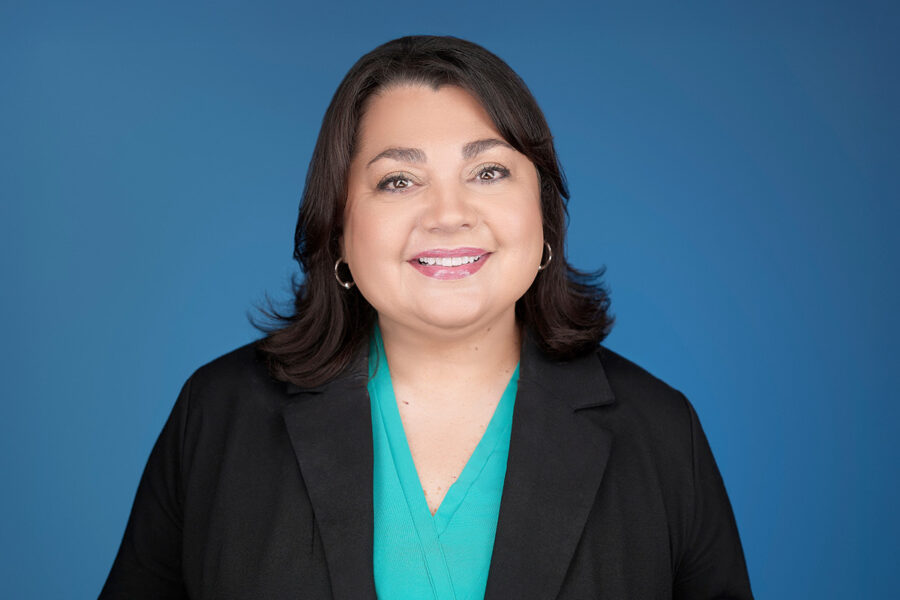
Re-envisioning Our University’s Libraries
Millie González, M.L.I.S, M.B.A., has joined New York Tech as the first dean of libraries.
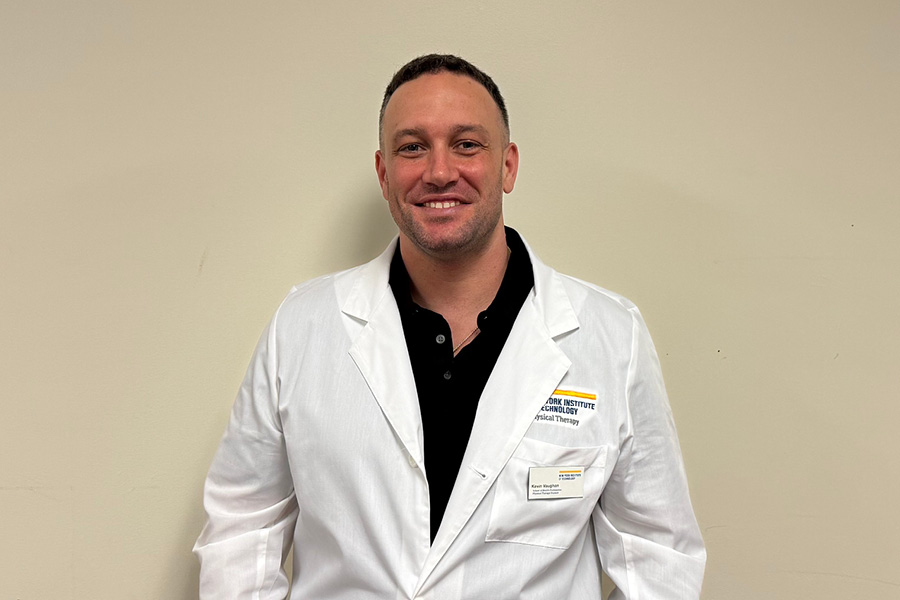
Providing a Light in the Dark
Doctor of Physical Therapy student and military veteran Kevin Vaughan’s recovery from combat injuries has inspired him to pursue a career where he can inspire and help heal others.
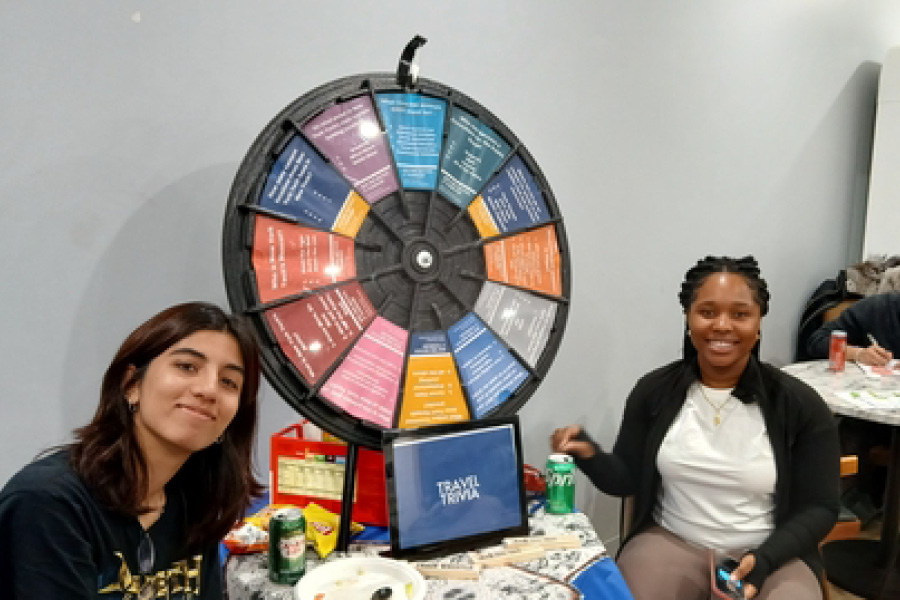
Students Get the 411 in Data 101
Students in fall 2024’s Data 101 class sections partnered with CommuterLink to study student commuting habits across the Long Island and New York City campuses and propose potential solutions to challenges.